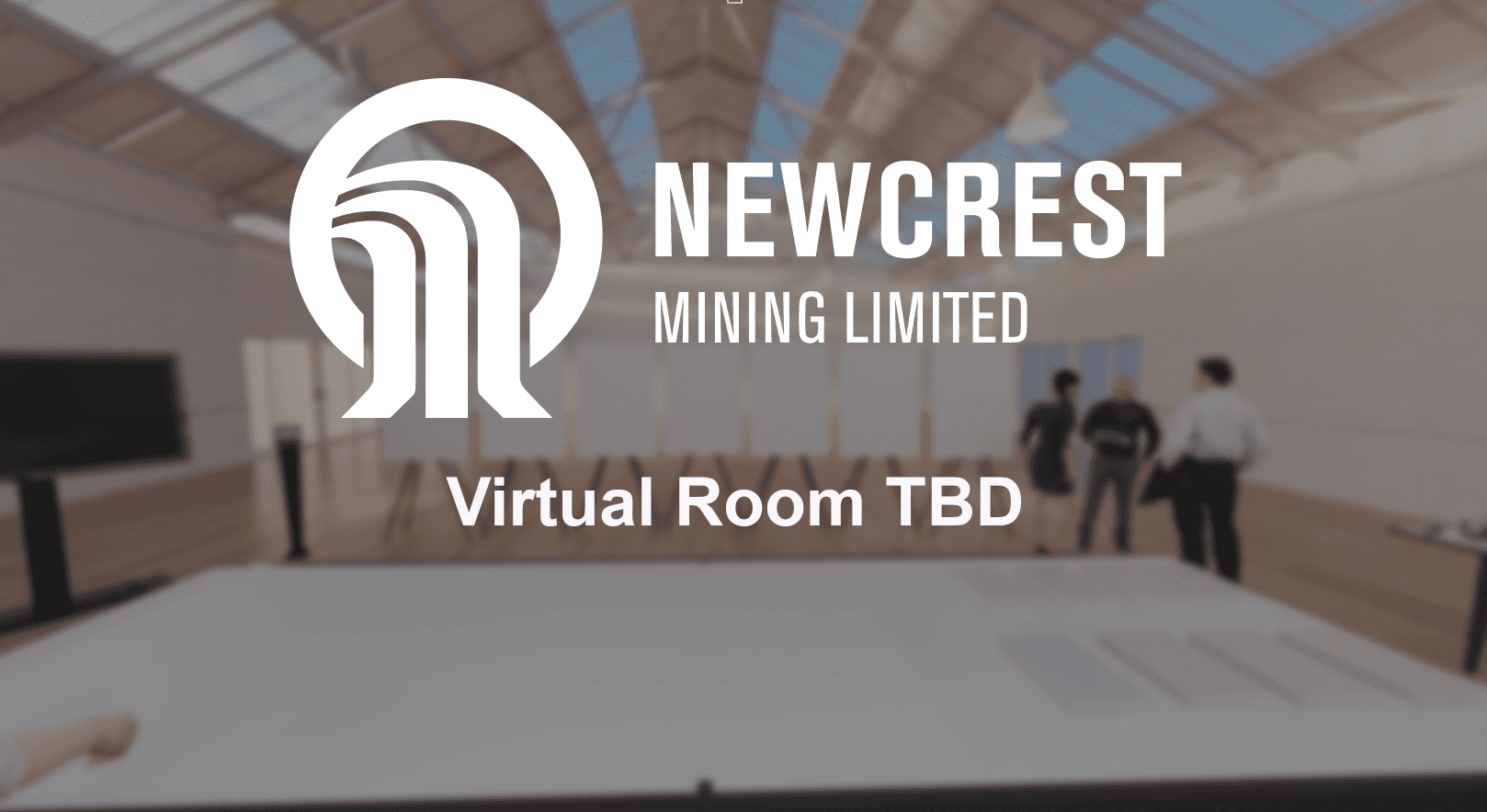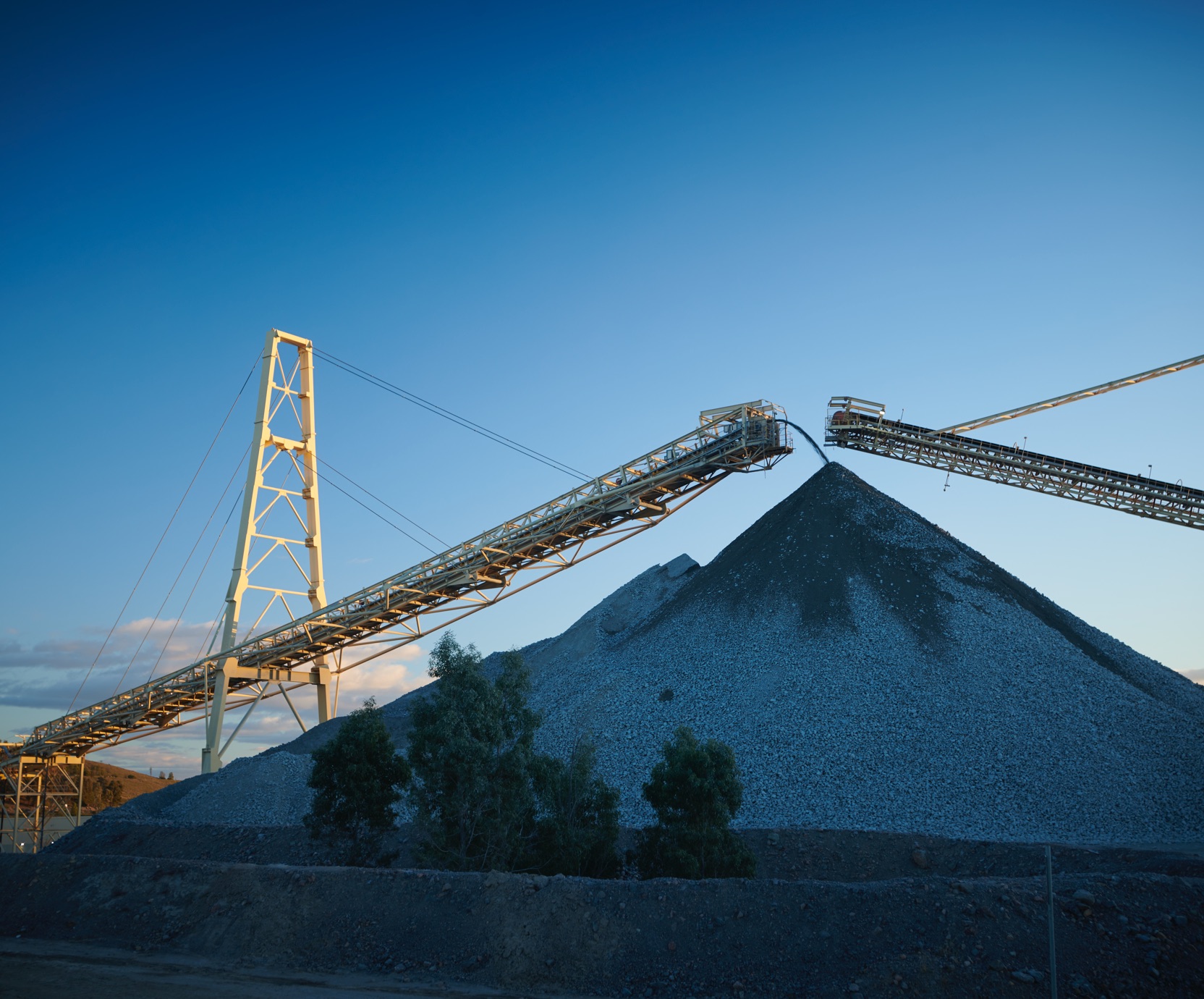News & Events
Stay up to date with the latest project updates and when the team will next be out in the community.
Stay up to date with the latest project updates and when the team will next be out in the community.
Dates for CCOP community engagement activities for 2025 will be updated shortly.
The latest round of Community Drop-in Sessions concluded on Saturday 7 September. If you would like to review the information shared with the community at the sessions, please visit the EIS Fact Sheets section on the Resources and FAQs page.
Future dates for Community Drop-in Sessions will be advertised here shortly.
Interviews will be taking place with the community and key stakeholders to inform the prediction and assessment of social impacts from the CCOP, and to gather input into management measures that would address impacts from the CCOP.
If you would like to participate, please contact Umwelt at:
email: social-team@umwelt.com.au
phone: 1300 792 267
We value your feedback on Sydney Gateway using this interactive map.
Your feedback will continue to shape the proposal ahead of the Environmental Impact Submission (EIS) and Major Development Plan (MDP) consultation planned for late 2019.
Click anywhere in the proposed project area on the map to leave your comment.
Note: Comments will not be responded to directly. Please contact our team with any questions.
Sydney Gateway is inviting feedback on its concept design. Our team will be in Tempe, Mascot and Wolli Creek from Monday 27 May to Friday 21 June.
Come and meet the team and learn more about the proposal.
We welcome your feedback throughout all stages of the planning process of Sydney Gateway and look forward to your thoughts on the concept design.
We will be in the community, to understand the needs of local residents and businesses.
We will be in the community, to understand the needs of local residents and businesses.
The EIS describes the key features of the Warragamba Dam Raising proposal and assesses the potential environmental and social impacts during construction and operation.
The EIS document also makes recommendations on measures to manage and minimise potential impacts from the proposal.
The EIS covers topics such as noise, vibration, traffic, air quality, flooding, Aboriginal and non-Aboriginal heritage, and socio-economic, agricultural property and biodiversity impacts.
The EIS display is an opportunity for the community to make comment on the environmental impacts and mitigations for the proposed upgrade.
It is important to us that all people in our community are well informed about the CCOP project.
Want to stay updated and Have Your Say in the planning process?
Fill in the Have Your Say form below.
Have a question or query? Call the CCOP Community Line on 1800 716 864
Phone: 1800 716 864
Email: ccop@newmont.com
Business Hours: 8.30am – 5.30pm Monday to Friday
Postal Address:
Newmont Cadia - CCOP
1460 Cadia Road
Orange NSW 2800
Wiradjuri Country
Australia
Contact us to register for project eNewsletters and eUpdates, make an enquiry, provide general feedback, a compliment or lodge a complaint.
Complaints and feedback
For more information on our complaints process, please visit Complaints & feedback on our Community & Near Neighbours page.
Do you need help to contact us?
If you need an interpreter, please call TIS National on 13 14 50.
If you are deaf and/or find hearing or speaking with people on the phone difficult, please contact the National Relay Service on voice relay number 1300 555 727, TTY number 133 677 or SMS relay number 0423 677 767.
Submissions will be taken during the public display in 2020.

Select the topics you are interested in reading about
Select from topics of interest above

While Cadia is currently approved until 2031, Cadia's ore reserves are expected to support a mine life well beyond 2031 and we plan to continue to be part of the regional community for many decades to come.
Cadia produces gold doré from a gravity circuit and gold-rich copper concentrates from a flotation circuit at Cadia. Gold and copper are essential minerals to many innovative technologies around the world — such as smart and renewable energy, aquaculture and electric cars, as well as in industries such as construction, medicine, electronics and manufacturing.
TSFs are purposely designed and engineered containment structures used to store the resulting material (known as tailings) from finely-ground processed ore bearing rock that was mined and has been through several sizing, grinding, and processing steps to produce gold doré and copper concentrate product. These tailings are discharged as dense slurry into the TSF.
Modern gold and copper processes seek to maximise the extraction of economic minerals, chemicals and reagents before the tailings are deposited. As such, Cadia does not use cyanide in any stage of processing.
Ongoing mining at Cadia will require additional tailings storage as these existing facilities do not have sufficient capacity beyond current approvals.
The design of the proposed Water Storage Facility is currently under investigation and a preferred option has been select for further investigations. This Conceptual Water Storage Facility Study Area is the general area we are investigating for a water storage facility. The Study Area is larger than what which actually be required and will be refined throughout the engagement and assessment process.
Cadia sources its water from diverse sources, including from site rainfall runoff, treated effluent water from Orange City Council and local creeks and rivers under water licence allocations. Water stewardship is a high priority for Cadia and we regularly look at ways to source, manage and secure our water supply for our operations in a way that minimises the impact to other users, local communities and the environment. As part of this, Cadia is assessing options associated with another water storage facility (a water storage facility and associated infrastructure) to provide additional water security for the continued operations.
The water would be used for site processes as per the existing uses of water on-site.

Cadia uses an underground mining method called panel caving, which is a bulk mining method requiring ore and rock to fracture under controlled actions. This underground mining causes caving and subsidence of the of overlying host rock which in turn causes changes on the surface above the underground mining area.
A schematic of the panel caving method is shown above
With the mining of additional ore reserves from Ridgeway and Cadia East underground mines, there is potential for changes to the extent of surface subsidence. Detailed geotechnical modelling, considering information gained over almost 20 years of underground mining and monitoring, has been completed and predicts subsidence will not extend beyond the outer limits previously predicted and approved.
Detailed studies over several years have been undertaken on a variety of technology and site selection options for the tailings storage area. The South Option is identified as the preferred solution for the following reasons:
Due to the proposed tailings storage facility impacting the current alignment of Panuara Road, this road will need to be realigned to avoid the planned infrastructure.
Subsidence associated with this period of mining is being assessed through a review of the subsidence model against the proposed mine plans. As this becomes available, we will update our information on this webpage.